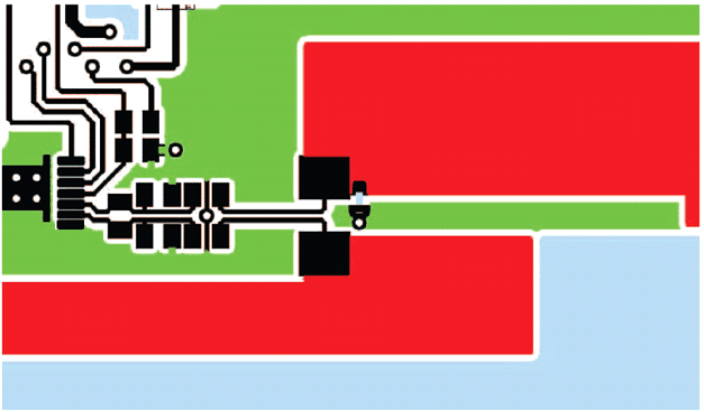ZHCSF78E June 2016 – April 2019 BQ35100
PRODUCTION DATA.
- 1 特性
- 2 应用
- 3 说明
- 4 修订历史记录
- 5 Pin Configuration and Functions
-
6 Specifications
- 6.1 Absolute Maximum Ratings
- 6.2 ESD Ratings
- 6.3 Recommended Operating Conditions
- 6.4 Thermal Information
- 6.5 Power Supply Current Static Modes
- 6.6 Digital Input and Outputs
- 6.7 Power-On Reset
- 6.8 LDO Regulator
- 6.9 Internal Temperature Sensor
- 6.10 Internal Clock Oscillators
- 6.11 Integrating ADC (Coulomb Counter)
- 6.12 ADC (Temperature and Voltage Measurements)
- 6.13 Data Flash Memory
- 6.14 I2C-Compatible Interface Timing Characteristics
- 6.15 Typical Characteristics
-
7 Detailed Description
- 7.1 Overview
- 7.2 Functional Block Diagram
- 7.3 Feature Description
- 7.4 Device Functional Modes
-
8 Application and Implementation
- 8.1 Application Information
- 8.2
Typical Applications
- 8.2.1 Design Requirements
- 8.2.2
Detailed Design Procedure
- 8.2.2.1 Preparation for Gauging
- 8.2.2.2 Gauging Mode Selection
- 8.2.2.3 Voltage Measurement Selection
- 8.2.2.4 Temperature Measurement Selection
- 8.2.2.5 Current Sense Resistor Selection
- 8.2.2.6 Expected Device Usage Profiles
- 8.2.2.7 Using the BQ35100 Fuel Gauge with a Battery and Capacitor in Parallel
- 8.2.3 EOS Mode Load Pulse Synchronization
- 8.2.4 Benefits of the BQ35100 Gauge Compared to Alternative Monitoring Techniques
- 8.2.5 Application Curves
- 9 Power Supply Recommendations
- 10Layout
- 11器件和文档支持
- 12机械、封装和可订购信息
10.2.1 Ground System
The fuel gauge requires a low-current ground system separate from the high-current PACK(–) path. ESD ground is defined along the high-current path from the Pack(–) terminal to the sense resistor. It is important that the low-current ground systems only connect to the PACK(–) path at the sense resistor Kelvin pick-off point. It is recommended to use an optional inner layer ground plane for the low-current ground system.
In Figure 16, the green is an example of using the low-current ground as a shield for the gas gauge circuit. Note how it is kept separate from the high-current ground, which is shown in red. The high-current path is joined with the low-current path only at one point, shown with the small blue connection between the two planes.
 Figure 16. Differential Filter Component with Symmetrical Layout
Figure 16. Differential Filter Component with Symmetrical Layout